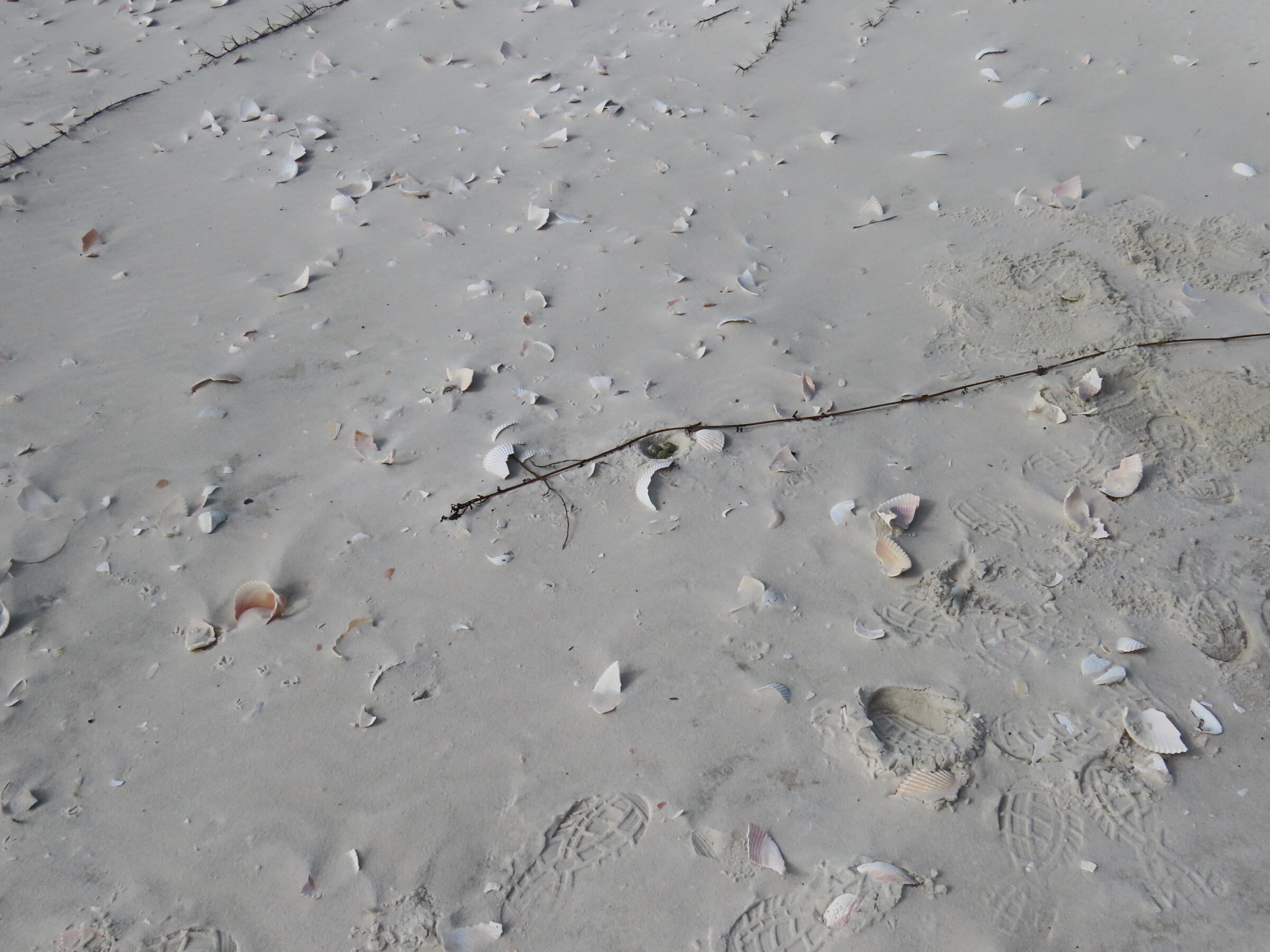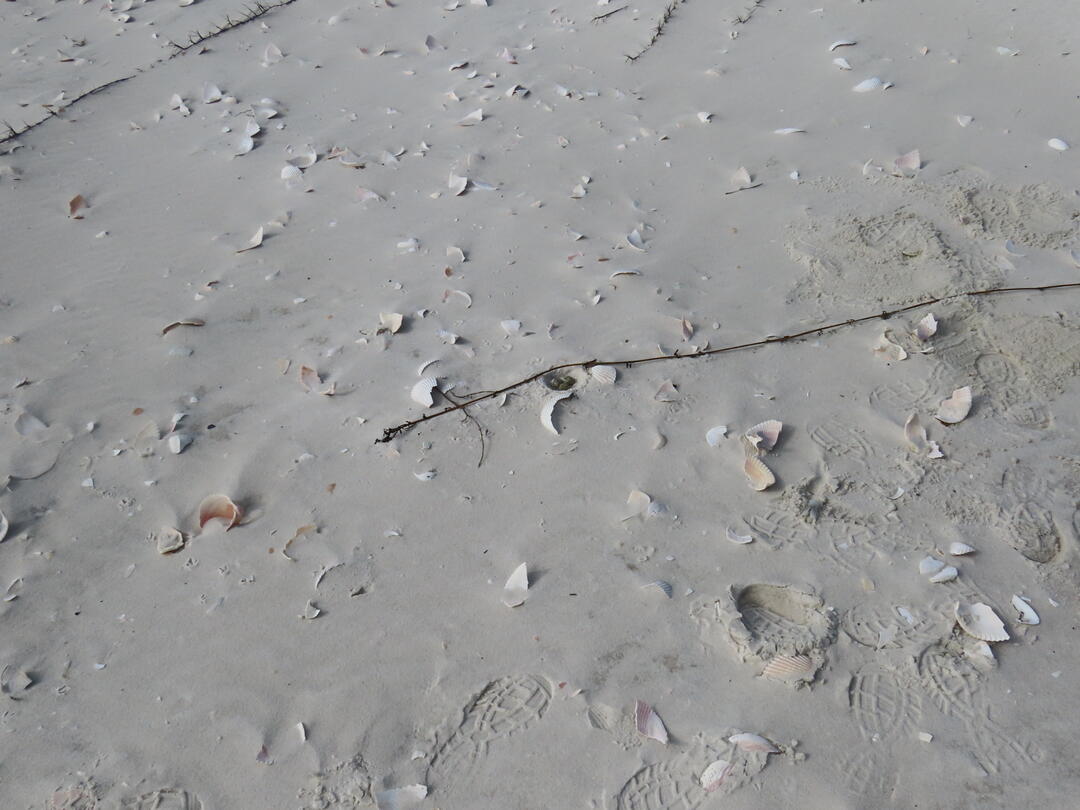Spring brings nesting sea and shorebirds to Florida’s coastlines. Making nests in small indents right on the sand, the plovers, terns, and American Oystercatchers must overcome storm surges, algal blooms, and human disturbance to successfully fledge chicks each year.
The first reported nests in 2023 came from Dog Island, with two Snowy Plover pairs successfully laying eggs. Audubon staff spotted another nest on nearby Little St. George Island.
Historically, the birds utilized only the beach and dunes, as the habitat lay close to their preferred food sources. Today, the sea and shorebirds also nest on road shoulders as well as gravel rooftops.
Audubon Florida’s Coastal Stewardship program deploys staff and volunteers to protect the nesting colonies while educating visitors and locals on the best ways to keep the birds and chicks safe all spring and summer long. In addition to both full-time and seasonal staff members, Audubon trains and organizes bird stewards, who volunteered more than 4,000 hours over the course of the 2021 season.
Audubon's stewardship program works to protect beach-nesting birds, and beachgoers can help too by respecting nesting areas that are posted for the birds' protection.
According to Audrey DeRose-Wilson, Director of Bird Conservation, "We had a pretty good nesting season last year and we're hoping 2023 will be another productive year!"
To protect birds in your coastal community:
- Pay attention to signs and barriers and walk safely outside the roped off sections of beach.
- Keep your pups on a leash, or take them to dog-friendly designated beaches.
- Notify bird stewards if you see eggs or nests outside the roped-off area.
- Dispose of trash in designated receptacles to keep the beaches clean for baby birds.
- If you see a bird steward, ask questions! We love talking about Florida's native bird species.







